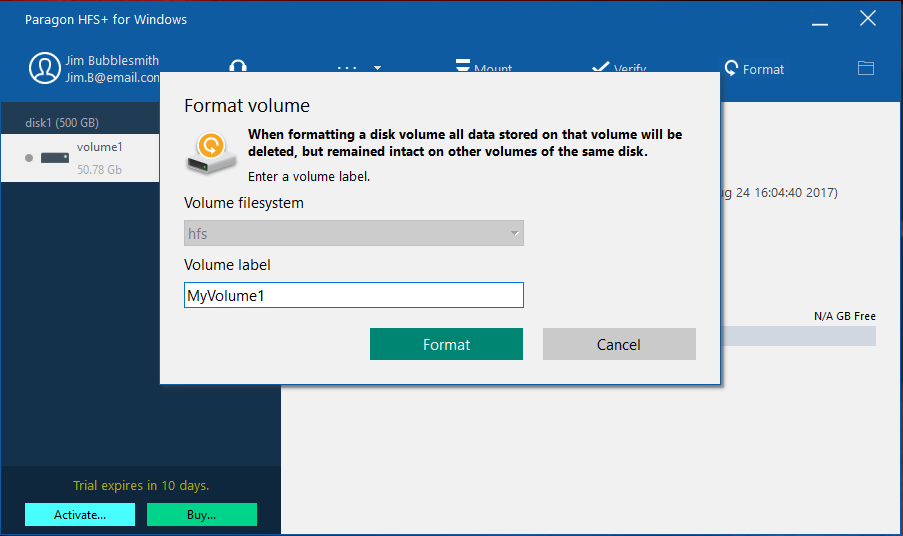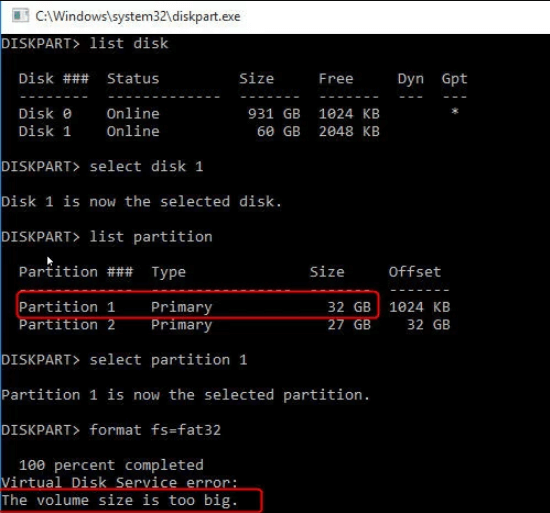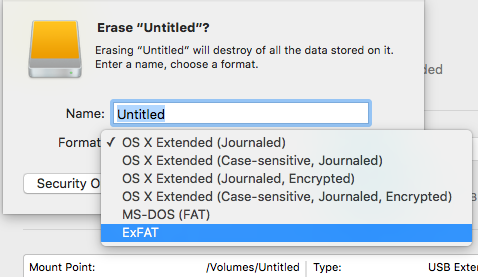

- #Format a disk on a mac for windows use too how to#
- #Format a disk on a mac for windows use too for mac#
- #Format a disk on a mac for windows use too mac os#
- #Format a disk on a mac for windows use too install#
#Format a disk on a mac for windows use too install#
Install the Paragon driver for Windows for compatibility with Windows PCs. …the storage device is connected to Macs.
#Format a disk on a mac for windows use too for mac#
Install the Paragon driver for Mac for compatibility with Macs. …the storage device is connected to Windows PCs. However, FAT32 is a legacy file system designed for low capacity hard drives and it is not recommended for modern hard drives or operating systems. A FAT32 partition can reach up to 32GB when formatted on a Windows PC. exFAT is not a journaled file system which means it can be more susceptible to data corruption when errors occur or the drive is not disconnected properly from the computer.įAT32: compatible with Mac and Windows. Windows users can read and write to HFS+ (journaled) hard drives by installing the Paragon driver for Mac.ĮxFAT: generally compatible with Mac and Windows.
#Format a disk on a mac for windows use too mac os#
Mac OS Extended (HFS+): the native hard drive file system for Mac. Mac OS can read and write to NTFS volumes with the help of the Paragon driver for Windows. NTFS: since it is the native file system for Windows, volumes created in NTFS are read and write with computers running Windows. If you want to use Backup Plus Desktop exclusively with Mac computers, it is recommended that you use the format native to the Mac operating system, HFS+ (journaled).įor further information on hard drive file systems and instructions for formatting hard drives, review the section below. For details and instructions, see our dedicated support page for the Paragon driver for Mac.

If you want to connect Backup Plus Desktop to a Mac as well as a Windows PC, you can install special software that allows Macs to read and write files to NTFS hard drives similar to Windows PCs. However, NTFS is not fully compatible with Mac computers. Therfore, you can connect Backup Plus Desktop to a Windows PC without formatting the hard drive. You’ll now be able to save large files with no problem.Your Backup Plus Desktop is formatted as NTFS for compatibility with Windows out of the box.
#Format a disk on a mac for windows use too how to#
How to store files larger than 4GB on a USB Drive The problem with older FAT versions however is that the maximum single file-size is 4GB or lower (depending on the version of FAT used). The reason that USB flash-drives are typically formatted using one of these FAT file-systems is that the format is widely supported and robust (PC, Mac and Linux all support FAT). There are numerous variants of the FAT file-systems from the past including FAT, FAT12, FAT16, FAT16B and FAT32. Usually, flash drives are pre-formatted using an older FAT file-system version. Why the too large for the destination file system error occurs Fortunately it’s a really simple issue to resolve.

If trying to save a large file to a USB memory stick a message like the file ‘example.zip’ is too large for the destination file system will show. over 4GB in size), it isn’t, by default, possible to save these large files.


 0 kommentar(er)
0 kommentar(er)
